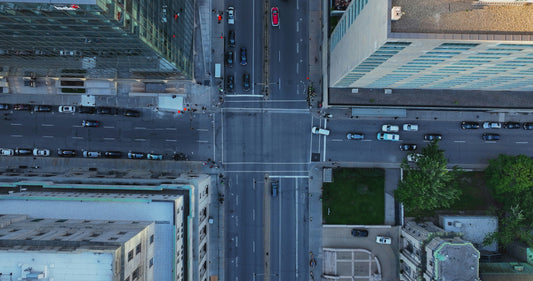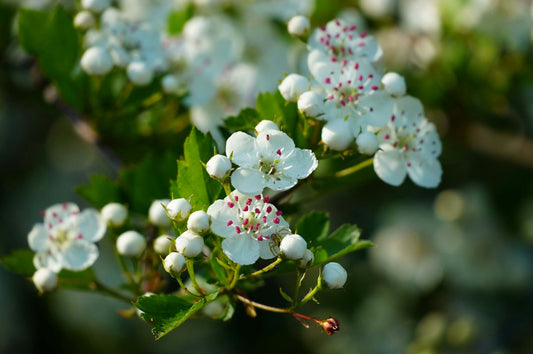When we think about navigating the great outdoors, we often imagine relying on a compass, a map, or a GPS device. However, there are more subtle, natural signs that can guide us, and one of the most overlooked navigational aids is the humble puddle. Yes, puddles—those small, often murky bodies of water that form after a rainstorm—can be surprisingly useful tools for outdoor enthusiasts. In this blog post, we'll explore how to use puddles to navigate and enhance your connection with nature.
Understanding Puddle Formation
Before we dive into the practical applications, it's essential to understand why and where puddles form. Puddles typically gather in depressions and low-lying areas where water collects after rain. Observing the location of puddles can give you insights into the terrain, helping you identify higher ground, natural drainage paths, and even potential hazards.
Puddle Reflection for Orientation
One of the most fascinating ways to use puddles is by observing their reflections. On a clear day, puddles can act as natural mirrors, reflecting the sky, trees, and surrounding landscape. Here's how you can use this to your advantage:
-
Sun Position: By noting the sun's reflection in a puddle, you can determine the approximate time of day and cardinal directions. In the Northern Hemisphere, the sun rises in the east and sets in the west. If it's morning and you see the sun's reflection in a puddle, you can orient yourself eastward.
-
Landmarks: Puddles can reflect prominent landmarks such as mountains, trees, or buildings. This can help you verify your location if you have a general sense of the area's layout.
Tracking Movement
Puddles can also serve as indicators of movement, both of people and animals. Fresh footprints in and around puddles can tell you if you're on a frequently used path or if wildlife is nearby. Here’s what to look for:
-
Human Footprints: Look for the direction and depth of footprints. Deeper imprints suggest recent passage, while lighter ones indicate older tracks. This can help you determine the direction others have taken and whether the path is commonly used.
-
Animal Tracks: Identifying animal tracks near puddles can inform you about the local wildlife. Pay attention to the size, shape, and pattern of the tracks to distinguish between different animals. This knowledge can be crucial for both safety and observation.
Puddles as Water Sources
In survival situations, puddles can provide a much-needed water source. However, it's crucial to ensure the water is safe to drink. Here are a few tips:
-
Purification: Always purify puddle water before drinking. Use water purification tablets, a portable filter, or boil the water if possible to eliminate harmful pathogens.
-
Source Observation: Try to determine the source of the puddle. If it's fed by a spring or appears clean and clear, it's more likely to be safe. Avoid puddles near roads or industrial areas where contamination is more likely.
Weather Prediction
Lastly, puddles can offer clues about upcoming weather conditions:
-
Puddle Evaporation: On a hot, sunny day, observe how quickly puddles evaporate. Rapid evaporation might indicate a dry spell, while slow evaporation suggests higher humidity and the possibility of more rain.
-
Ripples and Wind: Watching the surface of puddles can also provide information about wind direction and strength. Ripples on the water surface move in the direction of the wind, helping you gauge current weather conditions.
Conclusion
Using puddles to navigate may seem unconventional, but it's a testament to the power of observation and the incredible utility of natural phenomena. The next time you're out in the wilderness, take a moment to look down and appreciate the information puddles can offer. By honing this skill, you'll not only improve your navigational abilities but also deepen your connection with the natural world.
Happy adventuring!




